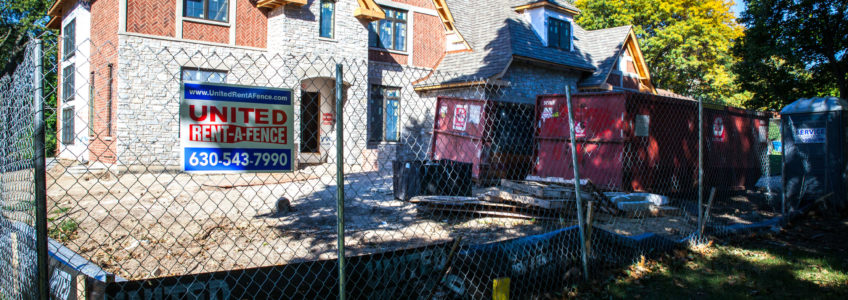
For years now we’ve heard the buzzy phrase “going green”, but what does that really mean to the contractor and his or her customer? The gut reaction we often feel is fear of costly materials, more labor, and possibly even additional inspections. While some of these concerns have been experienced in the past, most are no longer the norm. Let’s break it down:
Green Projects Are More Expensive
Let’s dispel this myth right away—no, it’s not more expensive to build “green”. According to author Greg Kats of “Greening Our Built World”, 170 LEED-certified buildings were studied in comparison with similar non-LEED buildings and the average construction premium was 1.7 percent. We can have that or greater variance in finishing materials! Even better news—as green building grows in popularity, the cost of common materials continues to fall, as suppliers continue to develop more cost effective ways to produce, and in greater volume. According to Kats’ research, of those he polled, it was believed the green building cost an average of 17% more than conventional construction—a full 10X the variance discovered in his project comparison.
Operations As Part Of Cost
As we begin to explore the cost comparison between green and conventional builds it’s time we begin to look at the cost of operating the building. This would include tangibles such as utilities, maintenance/durability, sustainability credits (commercial), and intangibles such as occupant comfort.
Simple Steps Toward Green Building
Many clients will have hesitations when presented with a green bid, but there are some simple steps you can take to begin building in a green approach with each project you tackle. Start with your sourcing—find local suppliers who are taking steps toward green building through either nearby raw materials sourcing and/or a cleaner, more efficient manufacturing process. Consider the airflow of the property—proper attic ventilation and recommending a higher-efficiency window as a starting point for the bid. Gather a few product/material estimates made from renewable materials to see what is economically viable in an otherwise conventional build. Educate the client on the benefits of green building, both environmental and operational, and gauge their interest.






